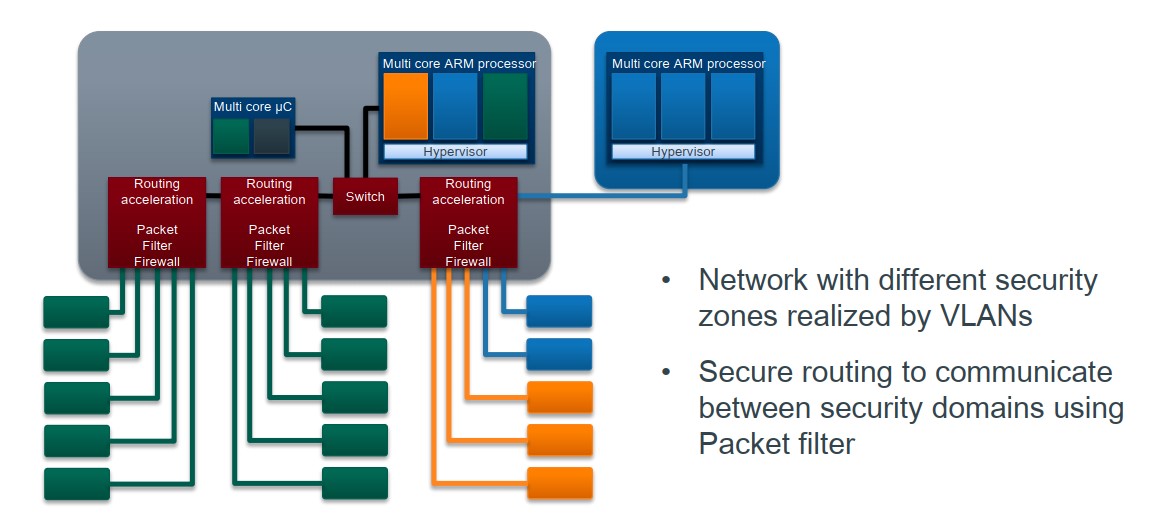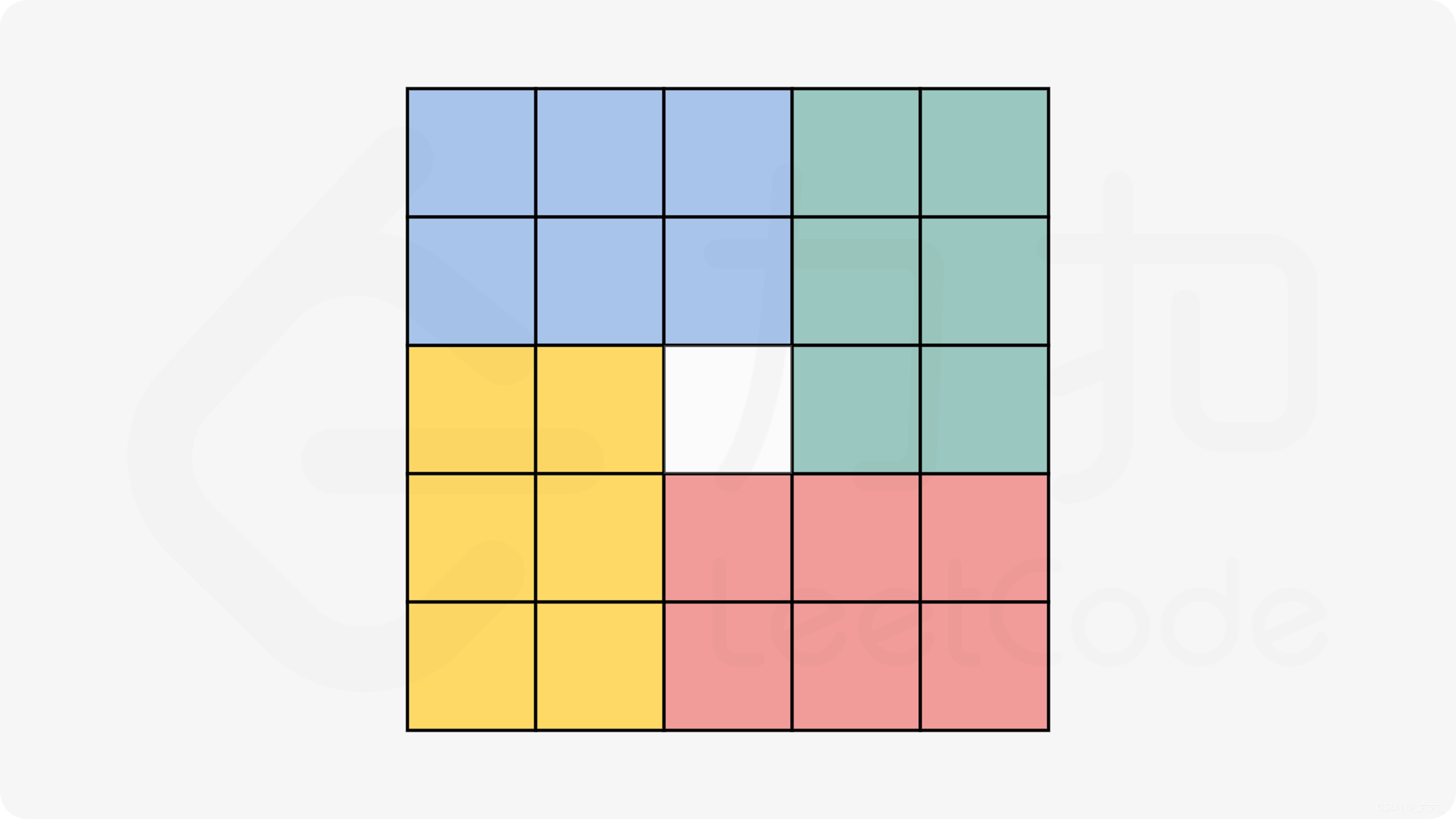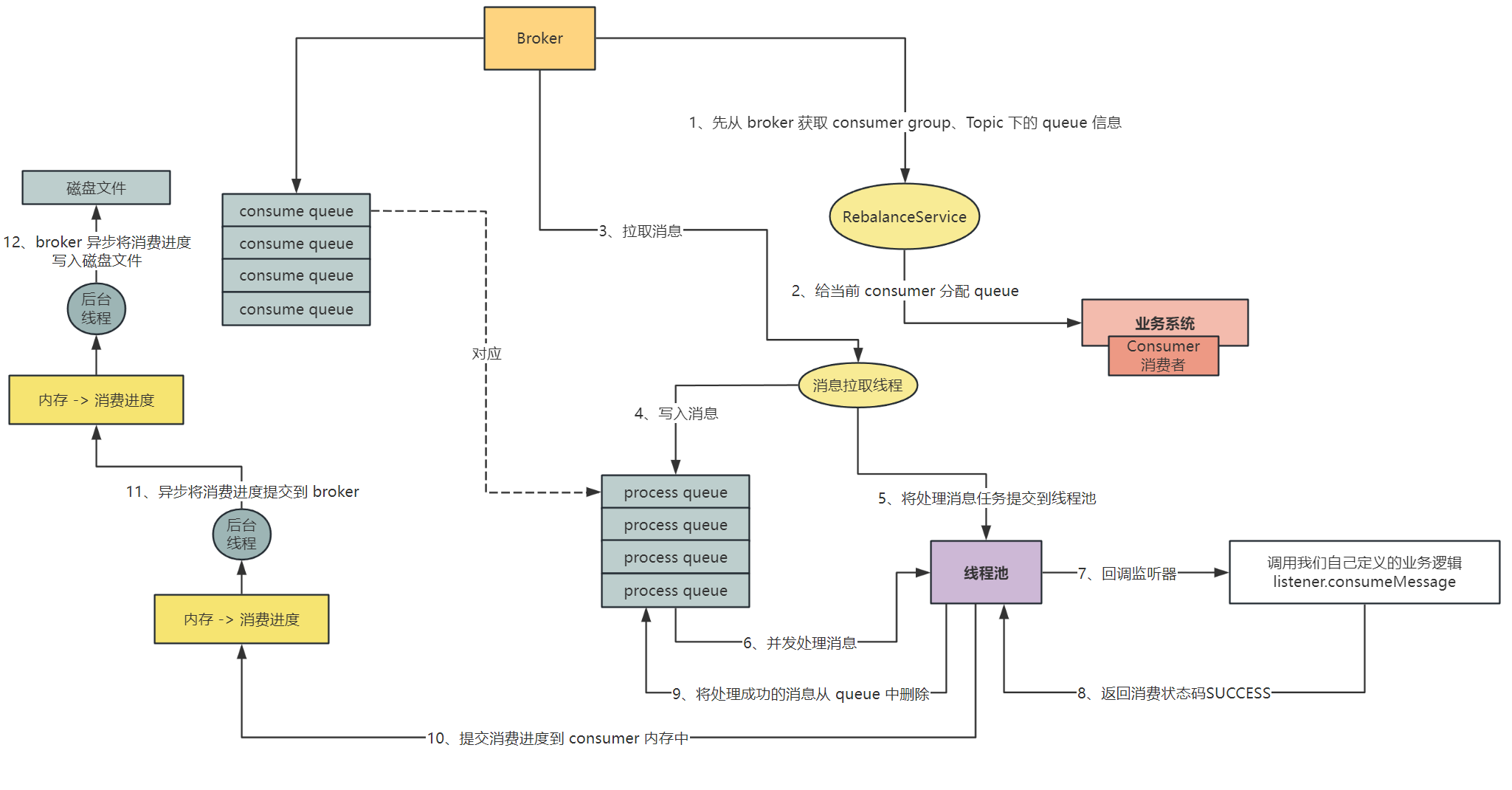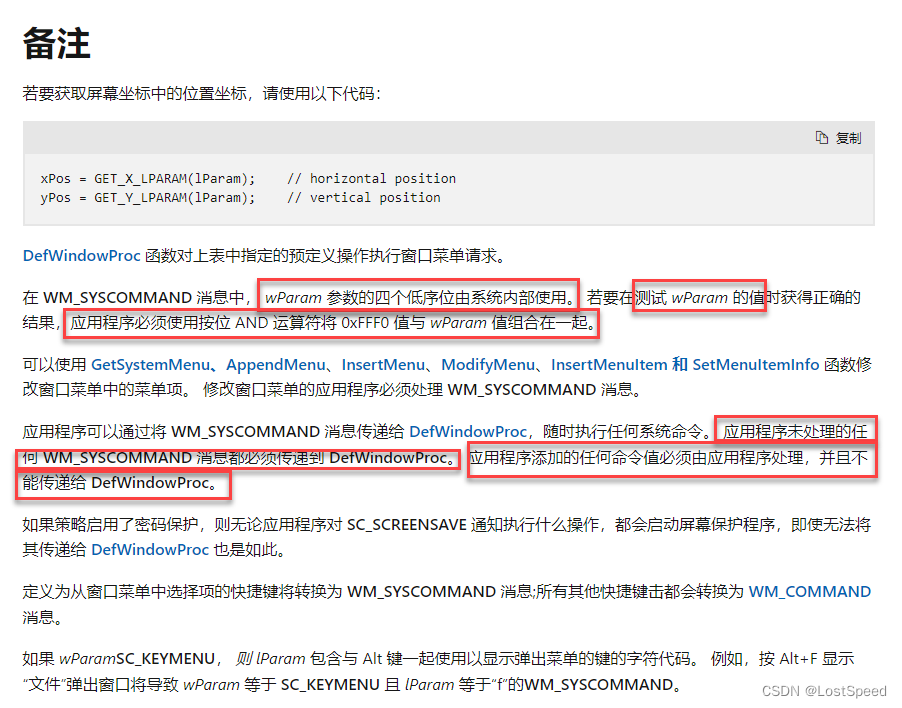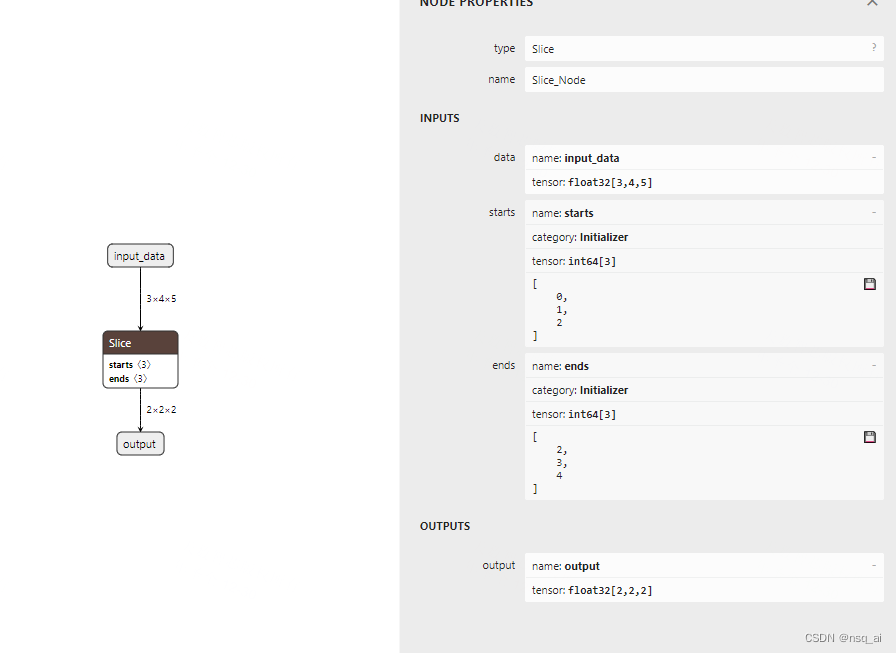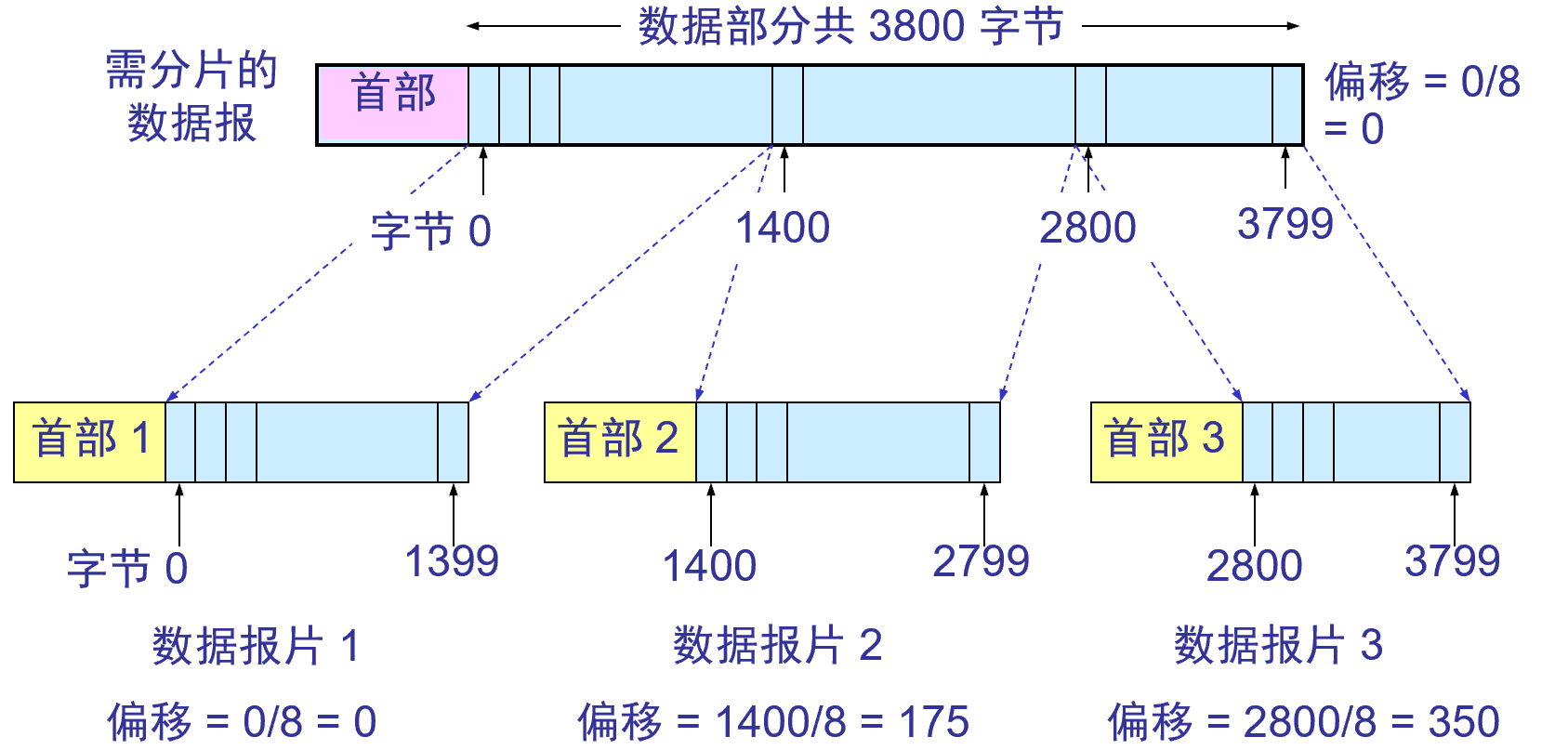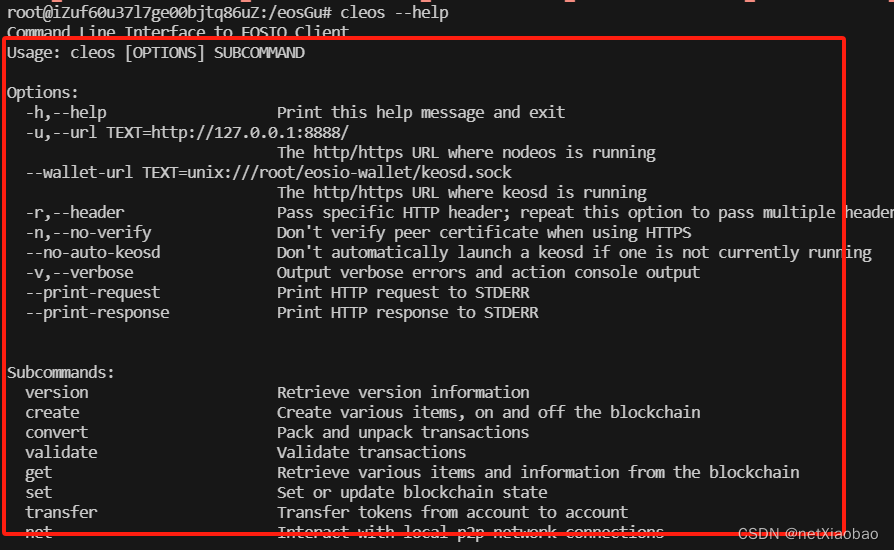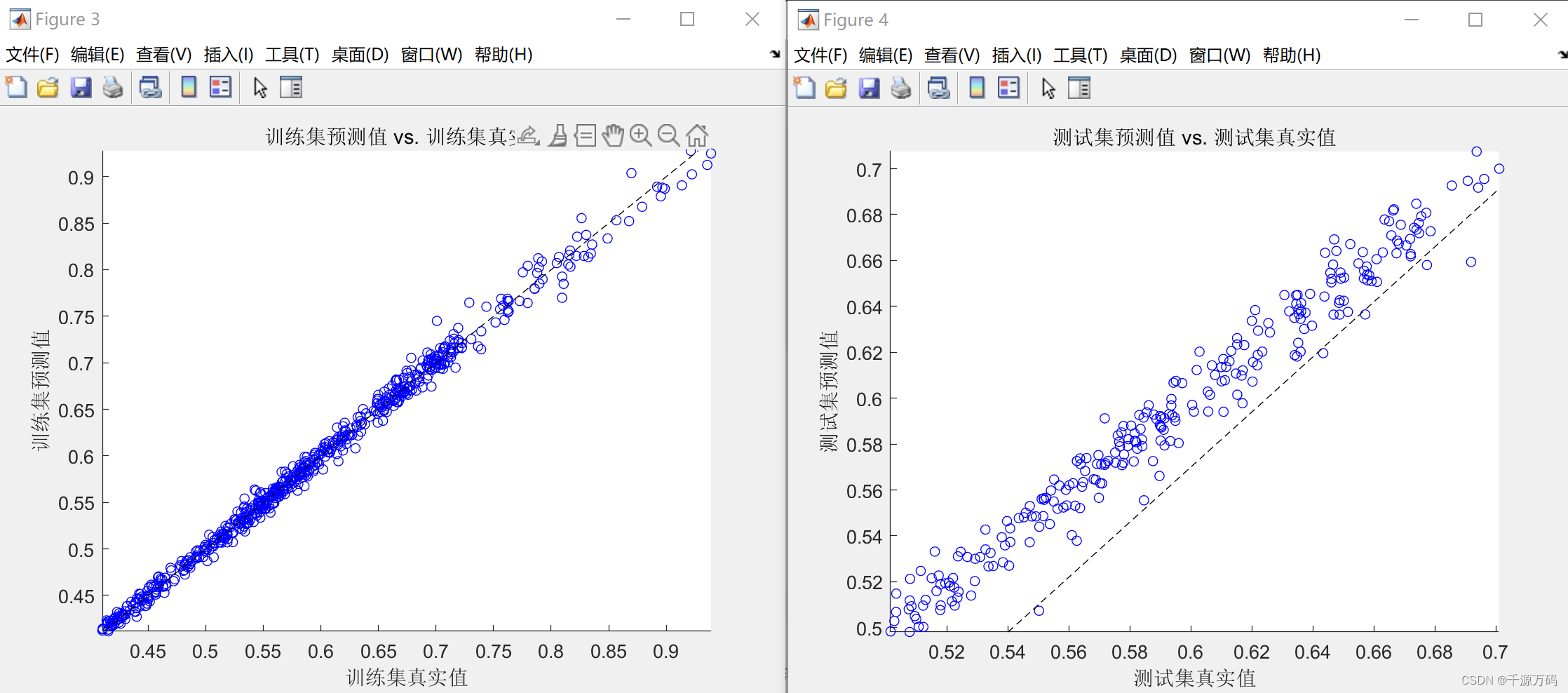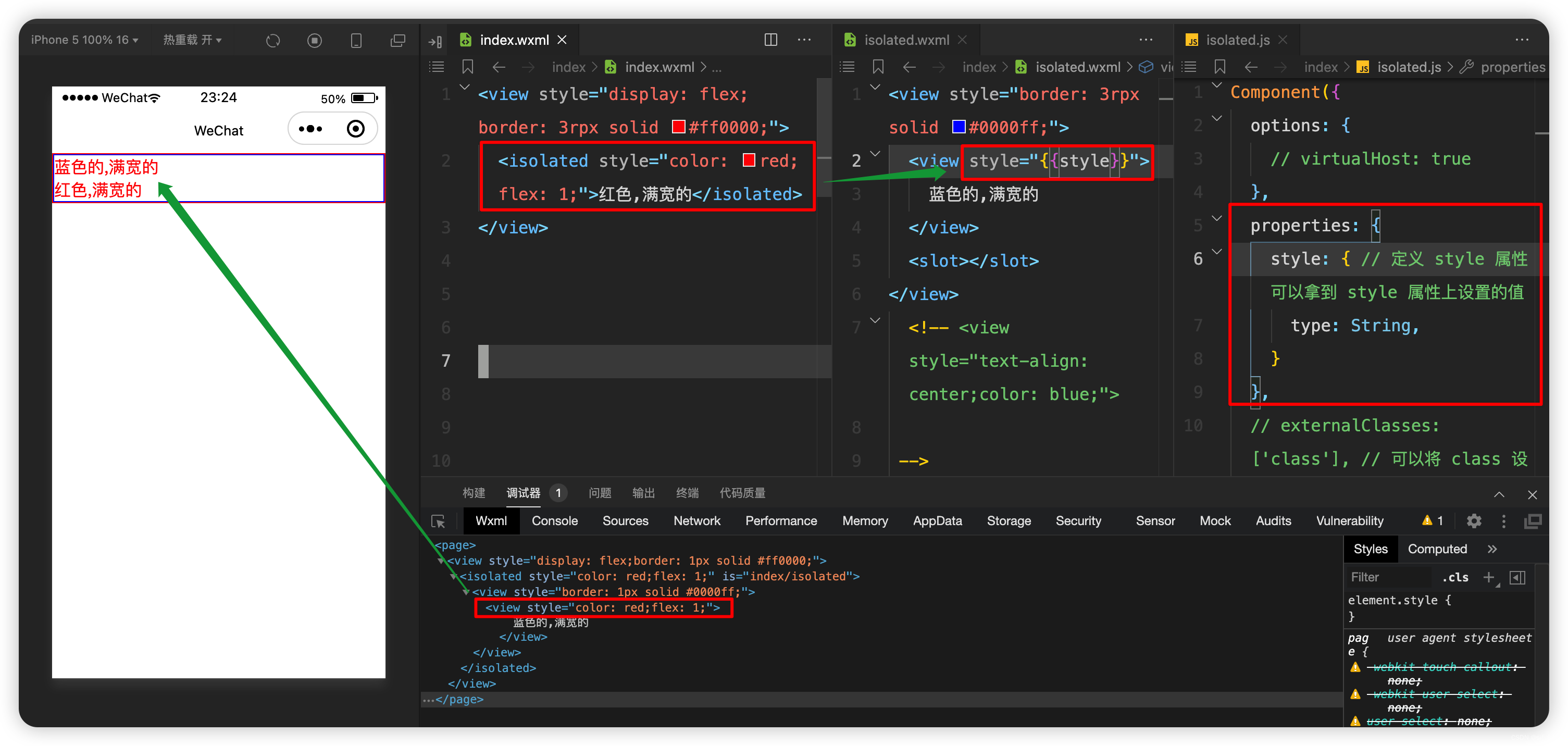文章目录
- 1. 概念引入
- 1.1 整数哈希
- 1.1.1 直接取余法。
- 1.1.2 哈希冲突
- 1.1.2.1 开放寻址法
- 1.1.2.2 拉链法
- 1.2 字符串哈希
- 3.结语
1. 概念引入
- 哈希表是一种高效的数据结构 。
- H a s h Hash Hash表又称为散列表,一般由 H a s h Hash Hash函数(散列函数)与链表结构共同实现。
- 散列(映射)方法是使用函数
h
h
h 将元素
U
U
U映射到表
T
[
0...
m
−
1
]
T[0...m-1]
T[0...m−1] 的下标上
(
m
=
O
(
∣
U
∣
)
)
(m=O(|U|))
(m=O(∣U∣))。这样以
U
U
U中关键字为自变量,以h为函数的运算结果。
就是相应结点的存储地址。从而达到在 O ( 1 ) O(1) O(1)时间内就可完成查找。
1.1 整数哈希
我们以一道例题来举例:哈希表。
这道题目是这么做的:
1.1.1 直接取余法。
关键字
k
k
k除以
m
m
m,取余数作为在
H
a
s
h
Hash
Hash表中的位置。
函数表达式可以写成:
哈希函数
h
(
k
)
=
k
h(k) = k
h(k)=k
m
o
d
mod
mod
m
m
m
一般
m
m
m 选择为素数,建议选择
2
e
5
+
10
2e5+10
2e5+10。
1.1.2 哈希冲突
- H a s h Hash Hash函数把复杂信息映射到一个容易维护的值域内。
- 值域变小,有可能造成两个不同的信息被 H a s h Hash Hash函数映射为相同的值(两数同余), H a s h Hash Hash冲突,需要处理这种情况。
1.1.2.1 开放寻址法
- 使用 H a s h Hash Hash函数 h h h把整数 x x x映射为 h [ x ] h[x] h[x],如果 h [ x ] h[x] h[x]已经有值,说明当前查询到的地址发生了冲突。
- 如果当前地址发生冲突,就向这个地址的右边继续查询,直到遇到 N U L L NULL NULL或值 x x x为止。
代码:
#include<bits/stdc++.h>
using namespace std;
#define PII pair<int, int>
#define For(i, a, b) for(int i = a;i <= b;i++)
const int N = 2e5 + 3;
const int null = 0x3f3f3f3f;
int n, h[N];
int get(int x){
int idx = (x % N + N) % N;
while (h[idx] != null && h[idx] != x){
idx = (idx == N ? 0 : idx + 1);
}
return idx;
}
signed main(){
ios::sync_with_stdio(false), cin.tie(0), cout.tie(0);
memset(h, 0x3f, sizeof h);
int n, x;
string op;
cin >> n;
while (n--){
cin >> op;
cin >> x;
if (op[0] == 'I'){
h[get(x)] = x;
}else{
cout << (h[get(x)] == x ? "Yes\n" : "No\n");
}
}
return 0;
}

1.1.2.2 拉链法
- Hash函数设为 h ( x ) = x h(x) = x % P h(x)=x ,这里 P P P 是较大质数,但不超过数组大小 N N N。
- 这个 H a s h Hash Hash函数 h h h 把整数分为了 P P P 类( M o d P = 1 , 2 , . . . , P − 1 Mod P = 1, 2, ..., P-1 ModP=1,2,...,P−1),每一类用一个单独的链表存储。
- 查找整数 x x x 的时候,就在整数 x x x 所在类的链表里进行查找。
代码:
#include<bits/stdc++.h>
using namespace std;
#define endl '\n'
#define int long long
#define PII pair<int, int>
#define For(i, a, b) for(int i = a;i <= b;i++)
const int N = 2e5 + 3;
int head[N], val[N], nxt[N], idx;
void add(int x){
int k = (x % N + N) % N;
val[idx] = x;
nxt[idx] = head[k];
head[k] = idx++;
}
bool get(int x){
int k = (x % N + N) % N;
int res = head[k];
while (res != -1){
if (val[res] == x){
return 1;
}
res = nxt[res];
}
return 0;
}
signed main(){
ios::sync_with_stdio(false), cin.tie(0), cout.tie(0);
memset(head, -1, sizeof head);
int n;
cin >> n;
while (n--){
char op;
cin >> op;
int x;
cin >> x;
if (op == 'I'){
add(x);
}else{
if (get(x)){
cout << "Yes\n";
}else{
cout << "No\n";
}
}
}
return 0;
}

1.2 字符串哈希
字符串
H
a
s
h
Hash
Hash(字符串前缀
H
a
s
h
Hash
Hash法),把字符串
s
s
s 变成一个
p
p
p 进制数字(
H
a
s
h
Hash
Hash值),实现不同的字符串映射到不同的数字。
字符串
s
s
s 中 的每个字符本质上就是一个数字(
A
S
C
I
I
ASCII
ASCII值)。
s
=
s
0
s
1
s
2
s
3
⋅
⋅
⋅
s
n
−
1
s = s_0 s_1s_2s_3···s_n - 1
s=s0s1s2s3⋅⋅⋅sn−1
h
(
s
)
=
s
0
⋅
p
n
−
1
+
s
1
⋅
p
n
−
2
+
⋅
⋅
⋅
+
s
n
−
1
⋅
p
0
h(s) = s_0·p^{n-1}+s_1·p^{n-2}+···+s_n-1·p^0
h(s)=s0⋅pn−1+s1⋅pn−2+⋅⋅⋅+sn−1⋅p0
代码:
#include<bits/stdc++.h>
using namespace std;
#define endl '\n'
#define int unsigned long long
#define PII pair<int, int>
#define For(i, a, b) for(int i = a;i <= b;i++)
const int N = 1e5 + 10;
int n, m;
char s[N];
int h[N], p[N];
int get(int l, int r){
return h[r] - h[l - 1] * p[r - l + 1];
}
signed main(){
ios::sync_with_stdio(false), cin.tie(0), cout.tie(0);
cin >> n >> m >> s + 1;
h[0] = 0;
p[0] = 1;
For (i, 1, n){
h[i] = h[i - 1] * 131 + s[i];
p[i] = p[i - 1] * 131;
}
while (m--){
int l1, r1, l2, r2;
cin >> l1 >> r1 >> l2 >> r2;
if ((get(l1, r1)) == get(l2, r2)) {
cout << "Yes\n";
}else{
cout << "No\n";
}
}
return 0;
}

3.结语
今天的文章就到这里啦,三连必回哦!

